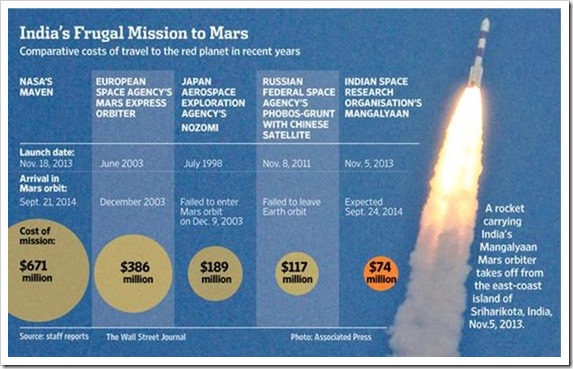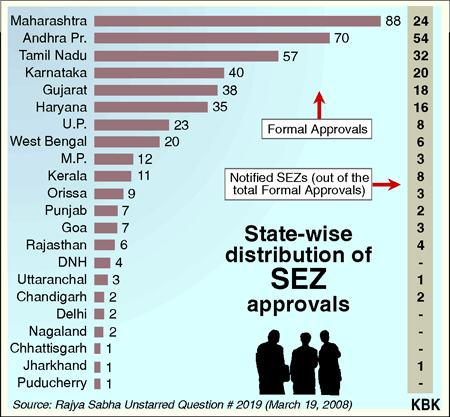A simple Google search for the history of product launches
brings up a plethora of links leading to Apple’s high profile WWDC launch
events. But, that may be because of some SEO at work. Product Launches, are in
principle an extension of marketing. It is very hard to trace back the very
first product launch that ever occurred, but, it is safe to assume that it was
not as ostentatious as the ones in the 21st century. But then,
launching a bar of soap would not have invited much fanfare back in the 1900s.
Over the years, marketing has been subjected to various
schools of thoughts. The ideologies usually changing every decade or so, in
response to global events, and sometimes, even mishaps. A Product, for a
business is very much akin to a baby; it starts with an idea, undergoes
gestation, and is eventually delivered. That product will later become the
extension of the company itself. And like any proud parent, the company likes
to show it off to the World. Product Launches are the platform for that
showcase.
It would be remarkably wrong to say that the Era of Product
Launches was started by Apple (as many people would like to believe); yet in
all certainty, they are the ones to make it look like an opera. Modern day
launches are extremely flamboyant, even more widely publicized and involve
several months of prior planning.
Flashy and over the top launches were brought into fashion
by the late Apple CEO Steven Paul Jobs. His bold statements, reality distorting
antics and sometimes egotistic rants left the audiences completely enchanted
and somewhat disillusioned with the actual product. These events usually
culminate with performances by pop stars and rock bands.
In today’s scenario, launch events are far from
conservative; but so is marketing as a whole. Conservatism has given way to
flamboyance while subtlety has been replaced by theatricality. The norm of the
day is- “If you have it, then you got to flaunt it”. Most launches today happen
in the tech world and increased consumerism has translated into fast riches for
many tech firms.
This has resulted in oversized cash piles and highly
increased marketing budgets. Publicity is more important than product
differentiation. The scholars from the old school of marketing may find this
irksome, but the modern marketing manager with his fancy B-school degree may
reply that –“This is what works”.
And in all fairness, this form of marketing is most
definitely translating into success. The go-to Mantra is – Be Revolutionary.
The impact of effective product launches can be seen almost instantaneously;
300,000 units of the iPad were sold on its very launch day, while the company
recorded the sale of 1.7 million iPhone 4 units in the subsequent three days of
the launch. The numbers are mind boggling and appalling at the same time.
But, if one were to think hard, the amount of costs and
manpower that goes into planning such events should in fact lead to such
results, in order to level the cost-benefit ratio. Some companies, however,
despite their glitzy product launches are not able to sum up decent numbers
that quickly. But, in the long run, this marketing strategy does help a lot. It
generates a lot of buzz, maintains the hype around the product and the company
for even a month after the culmination of the event and even the press have a
field day covering the event left, right and centre.
It is human tendency to try to milk the maximum utility from
a tool, regardless of the exhaustion of that option. Many firms tend to do the
same with highly common and successful marketing tools. But, the truth is that
too much of a good thing never leads to happiness. The same thing is happening
to product launches and other corporate outreach events. Sooner or later, you
do run out of ideas on how to make a good thing even better. In a bid to stand
out, companies today are going for multiple events all round the year, spending
loads of money and efforts into making the next one ‘more epic’ than the
previous one. But, that cycle DOES eventually come to an end.
In the process of meeting deadlines and consumer expectations,
the company not only stresses its employees, but also threatens to jeopardize
the quality of the product itself. The launch is centered on the product and
not the other way round. There have been several gaffes where CEOs have had to
face onstage embarrassment and even media ridicule in the event of the product
failing during its demonstration.
 |
| An embarrassed Satya Nadella after Cortana Demo Failure |
The list of problems includes venue problems, power
failures, and failed demonstration and so on. During one of its launches while
giving a demonstration, Steve Jobs literally asked everyone in the audience to
get off the wireless networks after the newest iPhone failed to load a webpage
due to cramped wireless networks. Recently, an overworked CEO of BMW fainted on
stage right before launching their newest offering in Germany. Satya Nadella of
Microsoft was subjected to immense embarrassment when their highly publicized
voice assistant failed to respond to the CEO of the company himself. Such
incidents sound more funny than grievous, but, they are slight hints that
somewhere, something is very wrong.
 |
| BMW CEO Fainting On-Stage |
According to a leading market research firm, approximately
75% of product launches of today end up in failure. Some of the products fail
to earn back their cost even a year after their initial launch. One may not
realize but, product launches are a dual edged sword. On one hand, they give an
amazing jumpstart to your product, but when that happens, the company is
subjected to the real test of managing its supply chain; and that’s where most
companies fail. The bottom rule for a company should be that no single
department should ever be given free reign over company decisions. A balanced
approach to running a company is what earns dividends over the years. Too much free reign to the marketing
department will always lead to insurmountable costs and haphazard outcomes.
There is an inherent need today for companies to return back
to the original ideas of business; some degree of conservatism never hurt
anybody. A company should strive to first strengthen its core principles,
bolster the product and deliver the best that it can. Marketing it, should come
secondary to product development. Yet, a little hype around the product never
hurt anyone at all.
































